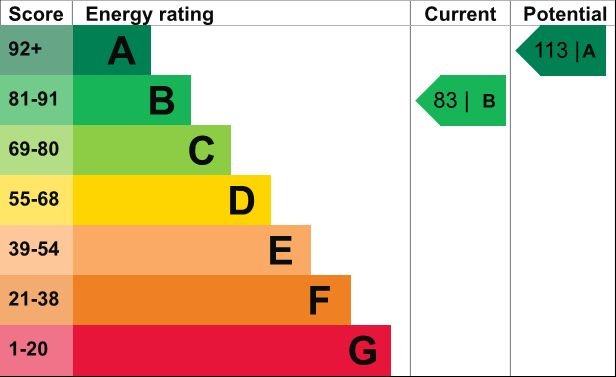Introduction: What is SAP?
The Standard Assessment Procedure (SAP) is a government-approved method used in the UK to assess the energy efficiency of residential buildings. Developed by the Department for Business, Energy & Industrial Strategy (BEIS), SAP is integral to issuing Energy Performance Certificates (EPCs), which are required when a property is sold or rented. This procedure evaluates factors like heating costs, carbon emissions, and overall energy usage, helping to understand how energy-efficient a property is.
In this post, we’ll explore what SAP is, how it works, and why it’s essential for homeowners, tenants, and landlords to understand.
What is SAP?
SAP stands for Standard Assessment Procedure, a tool used to calculate the energy efficiency of homes in the UK. The method was introduced in 1995 and has been regularly updated to reflect advances in building technologies and energy-saving practices.
SAP ratings are calculated based on several factors:
- Energy use: The amount of energy required to heat and power the home.
- Carbon emissions: The environmental impact of the property.
- Energy cost: How much homeowners will need to spend on heating, lighting, and hot water.
These assessments are crucial because they contribute to a home’s Energy Performance Certificate (EPC), which provides a rating from A (most efficient) to G (least efficient). This rating helps prospective buyers or tenants assess the energy performance of a home and make informed decisions about long-term costs and environmental impact.
How Does SAP Work?
The SAP calculation process is designed to evaluate various elements of a home’s structure, systems, and location to determine its overall energy efficiency. Here’s how it works:
- Building Characteristics: The SAP assessment considers factors such as the size of the property, its insulation, and the materials used in the construction. These elements affect how much energy the building requires to maintain a comfortable temperature.
- Heating System: The efficiency of a home’s heating system is also a major factor. Homes with modern, energy-efficient boilers or renewable energy sources (like heat pumps or solar panels) tend to score better than those with outdated heating methods.
- Windows and Doors: The quality of windows and doors, including whether they are double-glazed, also impacts a property’s SAP rating. Well-insulated windows and doors reduce the need for artificial heating and improve energy efficiency.
- Renewable Energy Systems: Homes with renewable energy technologies (e.g., solar panels, wind turbines) are assessed more favourably, as these reduce energy consumption and lower carbon emissions.
- Ventilation: Efficient ventilation systems, such as mechanical ventilation with heat recovery (MVHR), can reduce heating demand and improve a home’s SAP score.
Why is SAP Important?
- Environmental Impact: Understanding a property’s SAP rating is crucial in reducing its environmental footprint. Homes with better energy performance have lower carbon emissions, which contributes to achieving national carbon reduction targets.
- Cost Savings: A higher SAP rating means that homeowners can expect lower energy bills. By improving insulation, upgrading heating systems, or investing in renewable technologies, homeowners can save money in the long run.
- Property Value: Homes with high SAP ratings often have higher resale values. Potential buyers and renters are increasingly looking for energy-efficient properties, making a high SAP rating a selling point.
Conclusion
In summary, the Standard Assessment Procedure (SAP) is an essential tool for evaluating the energy efficiency of homes in the UK. Whether you are a homeowner, tenant, or real estate professional, understanding SAP ratings is key to making informed decisions about energy use, environmental impact, and long-term cost savings.
By taking the necessary steps to improve a home’s energy performance, you not only save on utility bills but also contribute to a greener, more sustainable future. As energy efficiency continues to play a pivotal role in property assessments, knowing how SAP works and how to enhance your home’s rating can provide significant financial and environmental benefits.





